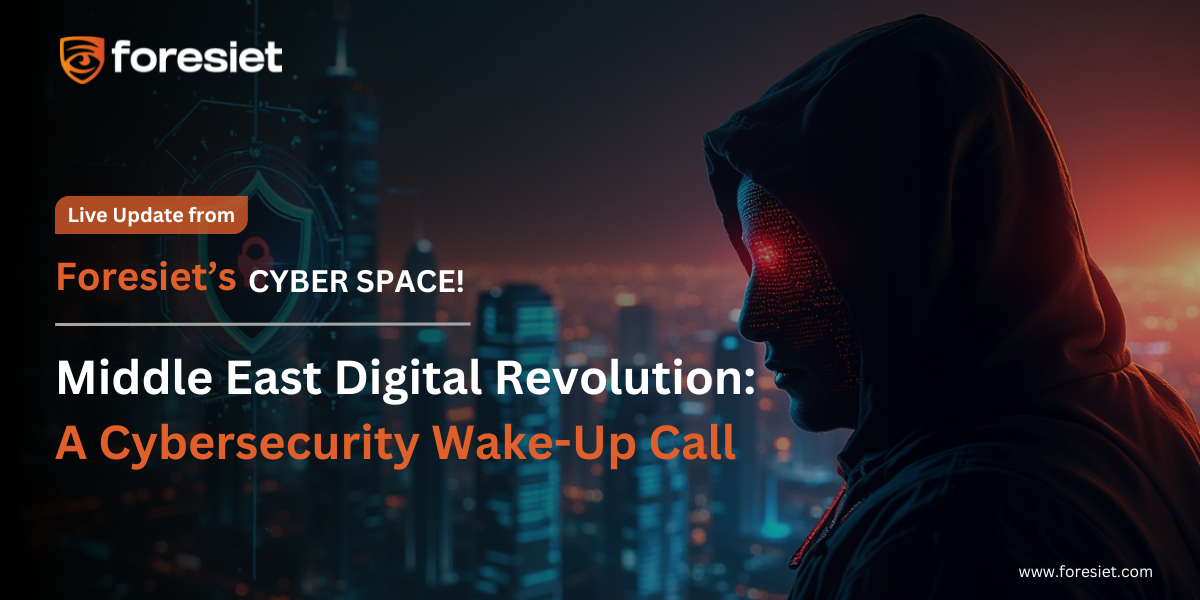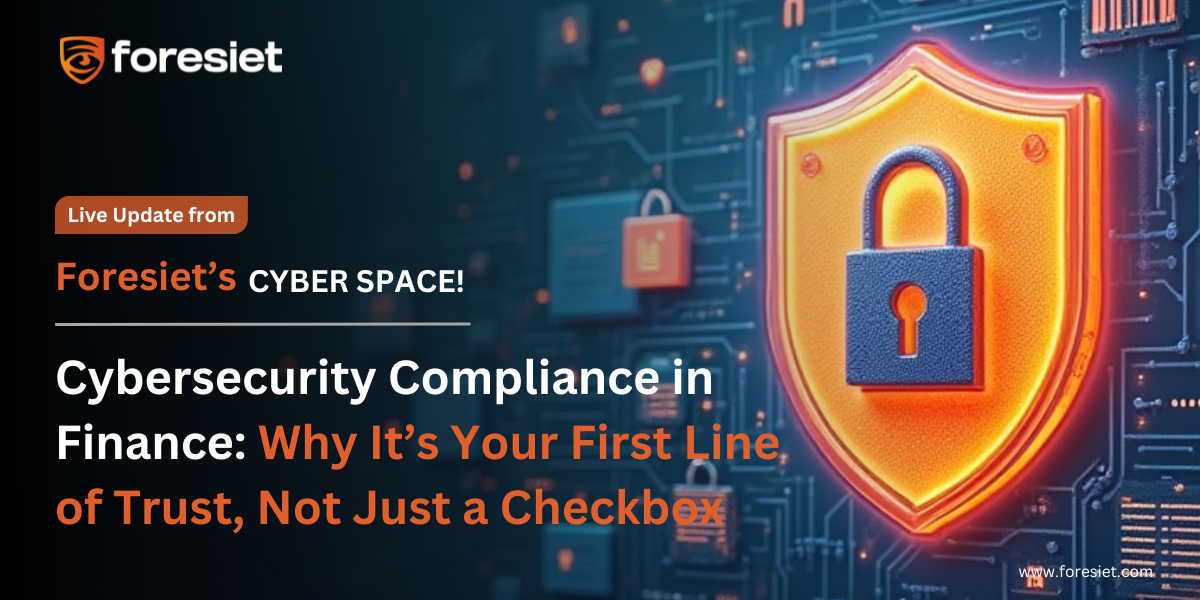Middle East's Digital Boom: A Cybersecurity Wake-Up Call

Introduction
The Middle East is witnessing a swift digital revolution, propelled by ambitious plans like Saudi Arabia's Vision 2030 and the UAE's Digital Government Strategy 2025. But along with this pace of swift digitization comes the added bonanza of escalating cyber threats. Since the regional average cost of a data breach was nearly $9 million—nearly twice the global average—the nation-state attackers and cybercrime are taking advantage of the security lacuna. To safeguard sensitive data and crucial infrastructure, all stages of digital transformation must be imbued with cybersecurity.
When Digital Expansion Outpaces Cybersecurity Measures
GCC countries are quickly embracing AI, blockchain, and smart devices to maximize efficiency and economic growth. When the rate of digitization surpasses the use of strong security solutions, though, vulnerabilities become apparent.
Energy, government, and public utilities are especially vulnerable, being both economically and strategically significant. The UAE alone identifies more than 50,000 cyberattacks per day, with 16 advanced persistent threat (APT) attacks upon infrastructure in the Middle East over the last two years. No longer are hackers merely infiltrating systems—they're moving in to stay, biding their time for a strategically favorable moment to act.
Most organizations remain oblivious to the extent of their exposures. Ad hoc security strategy, where glaring exposures are being fixed, typically creates blind spots that get exploited by cybercrime. That is the business case and the government case to get back to their cybersecurity stance and embrace a unified approach.
Constructing a Cyber-Resilient Digital Future
The silver lining is that the region's cybersecurity environment is in its infancy, and hence there is a great opportunity to build robust security frameworks from the ground up. About 70% of Middle Eastern businesses are shifting towards a zero-trust security model, which is much higher than the global average. The security model, founded on the principle of "never trust, always verify," is imperative in protecting cloud-based operations and emerging digital spaces.
But to put zero trust into practice takes more than the adoption of security technology—it takes a strategic combination of policies and technologies:
- Zero-Trust Network Access (ZTNA): Extends user-specific security beyond legacy perimeter defense.
- Identity & Access Management (IAM): Manages authentication and user authorization, limiting unauthorized use.
- Unified Endpoint Management (UEM): Secures heterogeneous devices on an organization's network, removing shadow IT threats.
- Micro-Segmentation: Prevents lateral movement in the case of a breach, limiting potential damage.
- Data Governance & Protection: Encodes, classifies, and manages data to comply with local data protection laws.
Firms, by tackling these in the first place, not only are securing their operations, but are creating resiliency for the future threats as well.
The Human Element: Hardening Cyber Mindset
Technology alone is not enough to safeguard a digital economy—human oversight is also necessary. The world's best security systems can be made useless by one careless user. Cyber awareness training must be a foundation for digital transformation efforts, so employees, executives, and government leaders are prepared to identify and respond to threats.
Some of the most critical activities that can aid cybersecurity culture are:
- Regular phishing tests educate employees in detecting malicious attempts.
- Cyber hygiene training promote safe use of the internet.
- Darknet monitoring and digital footprint tracking monitor stolen data.
- Activation of brand protection mechanisms block impersonation attacks.
An informed workforce, aided by state-of-the-art security architectures, is critical in securing the region's digital future.
Conclusion
The digital revolution in the Middle East comes with both mind-boggling opportunity and record levels of cybersecurity threats. Innovation is driving growth, but a strong security policy must be injected into every move of digitization. Governments and institutions need to adopt an active approach—utilizing zero-trust architecture, advanced threat detection, and human-focused cybersecurity training—to make sure digital advancement never occurs at the expense of security.
As the region solidifies its place on the global digital map, cybersecurity will be the deciding factor that makes or breaks the sustainability and resilience of this transformation.
About us!
Foresiet is the pioneering force in digital security solutions, offering the first integrated Digital Risk Protection SaaS platform. With 24x7x365 dark web monitoring and proactive threat intelligence, Foresiet safeguards against data breaches and intellectual property theft. Our robust suite includes brand protection, takedown services, and supply chain assessment, enhancing your organization's defense mechanisms. Attack surface management is a key component of our approach, ensuring comprehensive protection across all vulnerable points. Compliance is assured through adherence to ISO27001, NIST, GDPR, PCI, SOX, HIPAA, SAMA, CITC, and Third Party regulations. Additionally, our advanced antiphishing shield provides unparalleled protection against malicious emails. Trust Foresiet to empower your organization to navigate the digital landscape securely and confidently.
Protect your brand, reputation, data, and systems with Foresiet's Integrated Digital Risk Platform. 24/7/365 threat monitoring for total peace of mind.


July 10, 2025, 9 a.m.
